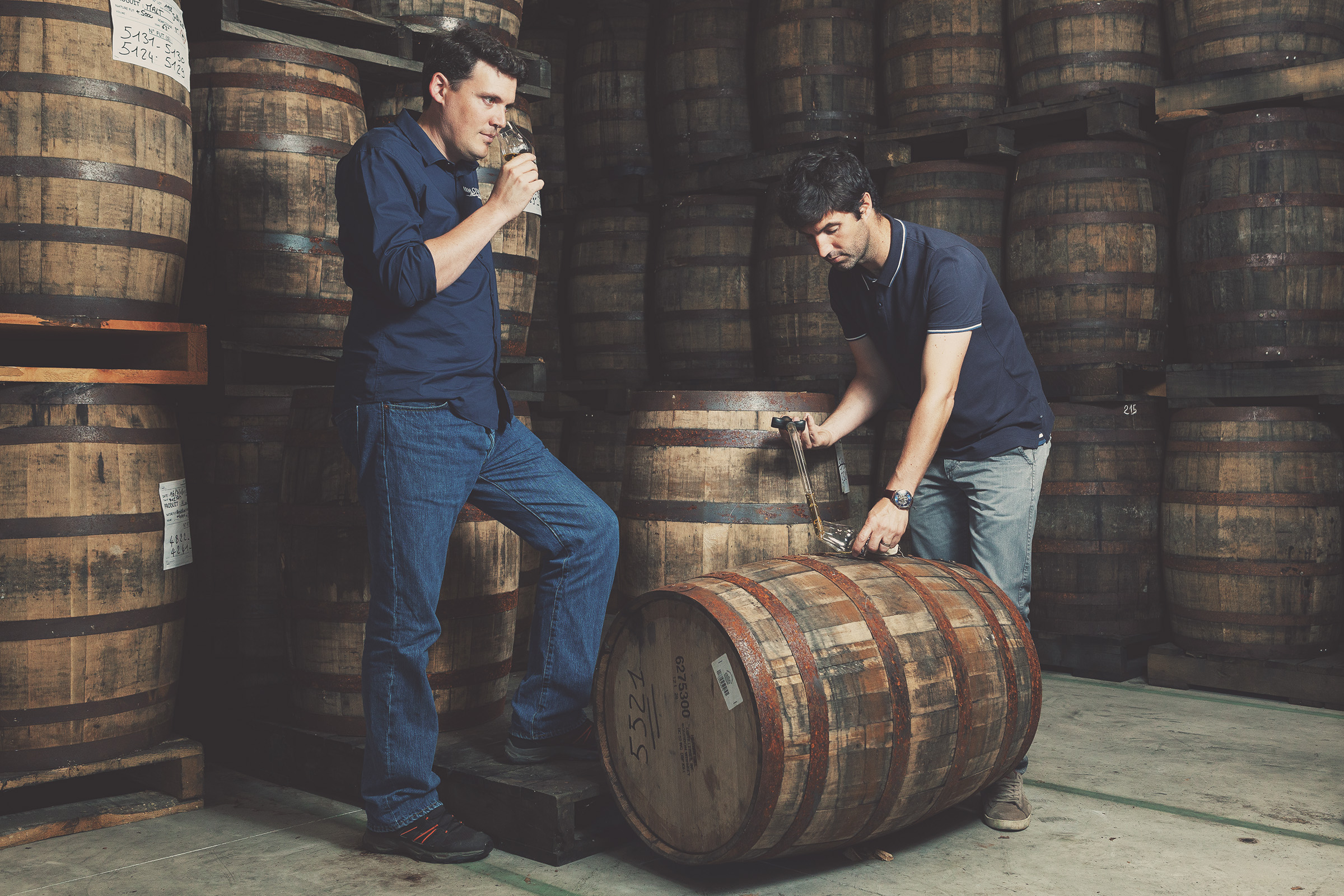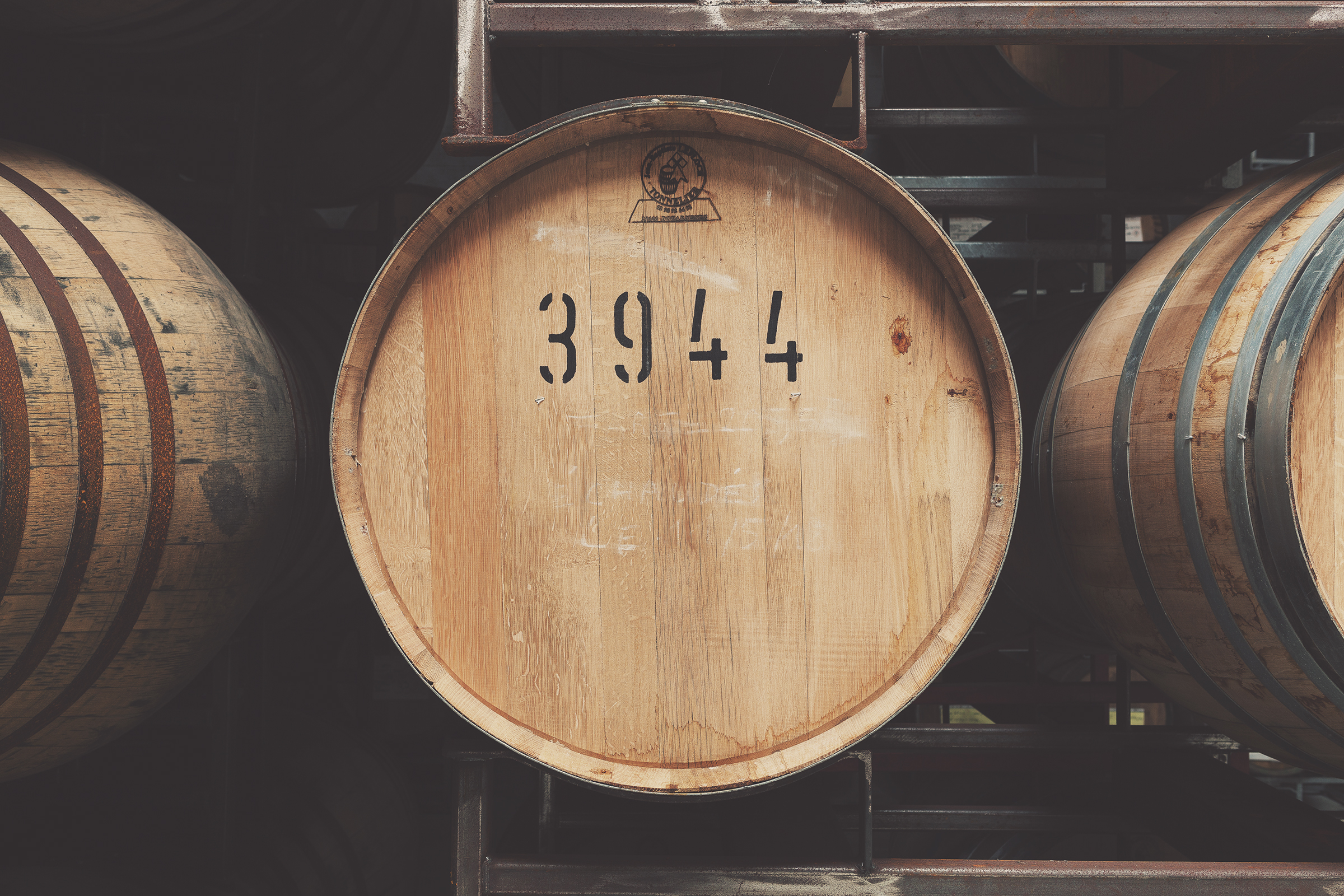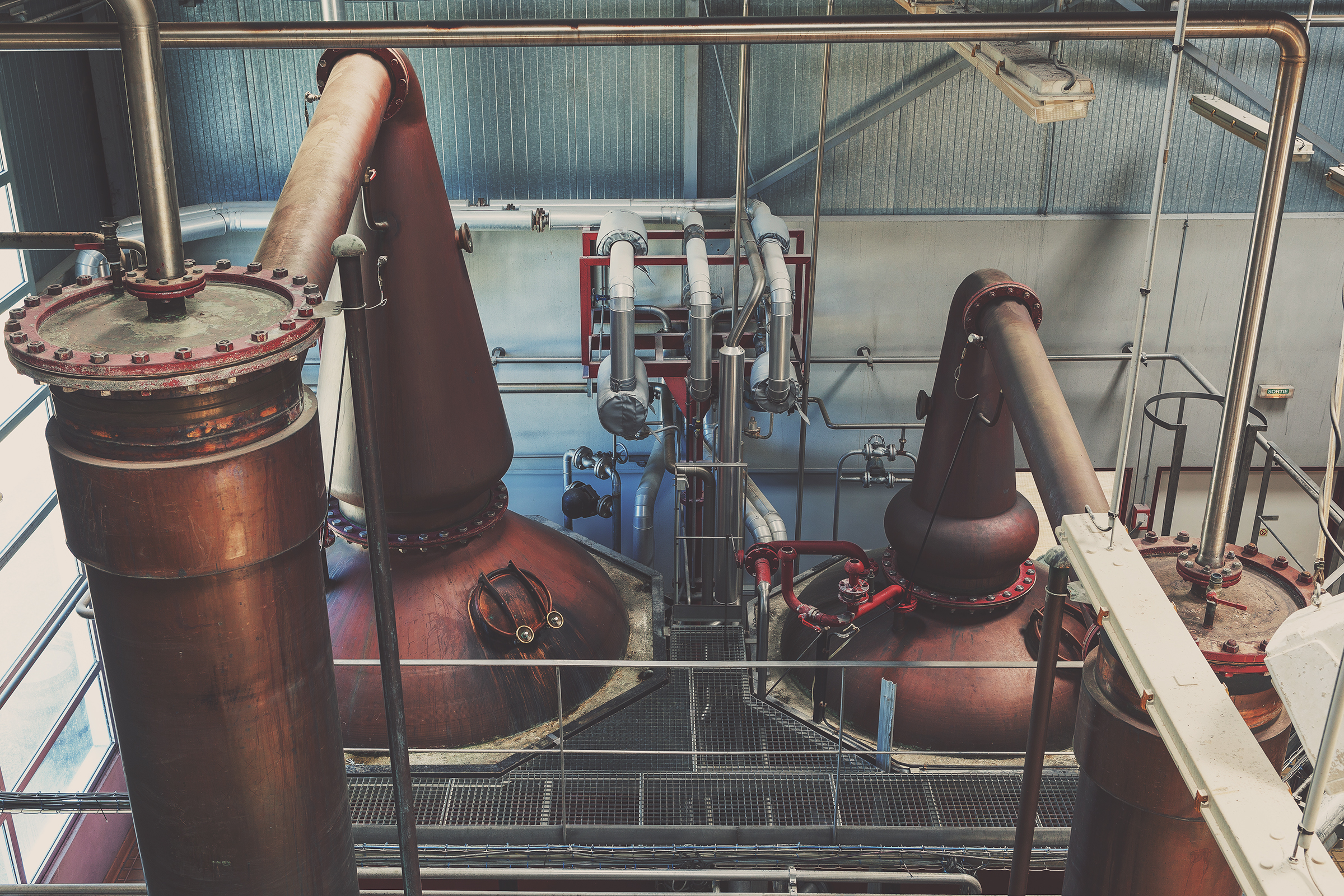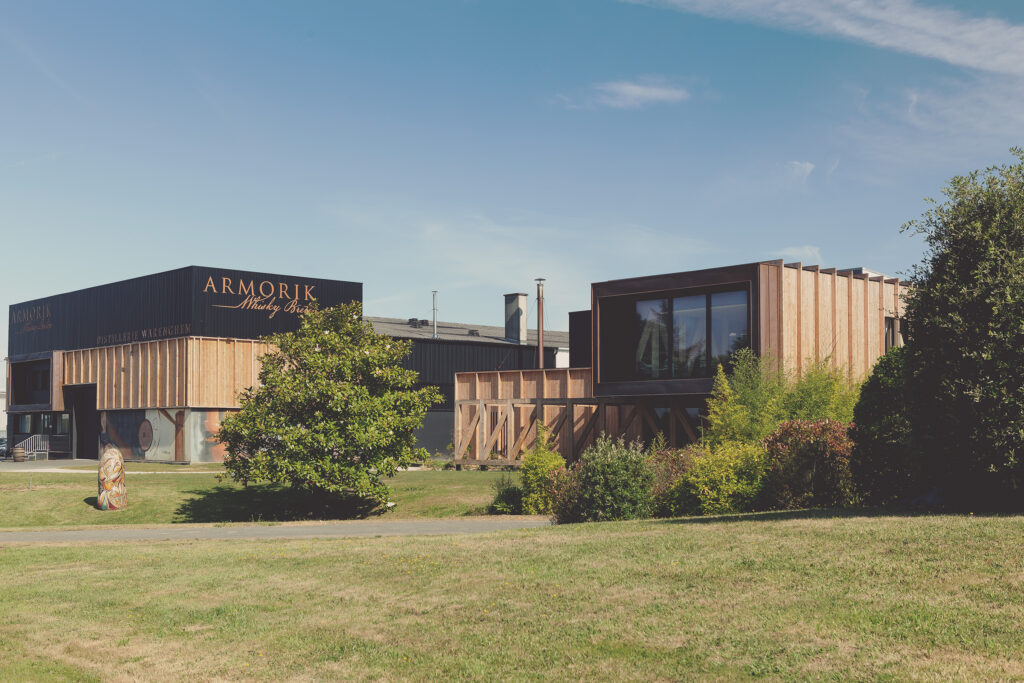The region of Brittany in northwest France and the Highlands of Scotland have more in common that you might imagine. Building upon this connection in the modern day, Warenghem distillery has developed a diverse single malt whisky inspired by Scotch and the unrelenting spirit of the Celtic Sea, as Society writer Julien Willems explains.
With standing stones, megalithic tombs and heather stubbornly resisting the fierce coastal wind above the towering cliffs holding back the whims and tides of the Celtic Sea, Brittany is a place hewn by the elements and the hardships of history.
Its people are rooted in a rich and vivacious culture. Echoes of the old times of Gaul survive in songs, stories, place names and the Breton language. There you can’t help but feel the kinship between Brittany, Scotland and the nations of the Celtic Sea. Much like the country it calls home, the Warenghem distillery’s history has been a long time in the making.
While Warenghem had been producing a variety of distillates since its founding in 1900, it had never been known for whisky. But in 1983, as Scotland was going through one of the darkest years of its own whisky history, then-distillery manager Gilles Leizour started seriously considering making whisky.
His son-in-law and current general manager David Roussier joined the business 13 years ago, and picks up the story. “For a while, my father-in-law had been looking for a way to breathe new life into the distillery, a restart of sorts. His thinking was that France had always had a deep appreciation for Scotch, but that France itself was not really producing any whisky. For him, whisky was the spirit of the Celtic Sea par excellence, and he was rightly convinced that Brittany would fit right in, if it took to distilling whisky properly.”
So, what tipped Gilles Leizour over the edge? David recalls: “There was reporting on a French-Scotch hybrid blended whisky called le biniou (which is also the name of the traditional Breton bagpipe) that had been served at an Élysée Palace garden party. Though that product did not survive to this day it did firmly root the thought in Gilles Leizour’s mind: why couldn’t that be my whisky?”
A few years and experiments later, Warenghem distillery released its first blended whisky called WB in 1987. Meanwhile, Gilles Leizour was already moving on to more ambitious plans, heading to Scotland to find inspiration and draw plans for his future pot stills. These were inspired by his visits at Glenfiddich, Balvenie and Kininvie. Finding a manufacturer in France proved more difficult, as no still smith in the Charente area would consider building a still powered by steam coils. Indeed, as far as Charentais stills are concerned, direct firing is king. However, after much back and forth between Scotland and France, the Charente-based still-maker Prulho finally created the two hand-hammered pot stills of 5000 and 3500 litre capacity.
And finally, in 1994, a new building was added to the distillery to house its whisky production.
“I must confess, I did not know much about whisky when I joined my father-in-law,” explains David. “But after spending some time in Scotland to learn, I was lucky enough to train under Dr Jim Swan at our distillery.” In their quest to make their new-make spirit even better, they enlisted Jim Swan’s help in a bid to “project themselves 30 years in the future”.
David continues: “We were aiming for a fruity distillate, so the lyne arms of our stills were tilted upwards at the time, which yielded a light and fruity distillate. It was good, but a bit thin.”
Gilles Leizour was not entirely satisfied and wanted a quality of spirit that could compete with Scotch whisky. David goes on: “Jim helped us to test different set ups, and finally we ended up modifying our distillation and tilting the lyne arms downwards to gather heavier, oilier compounds, but cutting our distillation earlier. The result was a fruity distillate that was clean but showed more body and oiliness, which was more suited to produce complex flavours through ageing.” To conclude, David tells me there is a noticeable “before and after” Jim Swan in the whisky character, the cut-off year being 2012.

In 2015 Breton whisky received a protected geographical indication, which as the name suggests, means that Warenghem distillery has not only managed to pioneer Scotch style whisky production in Brittany, but they have also defined the very nature of Breton malt whisky.
Indeed, since 2021 the Armorik whisky range, which is Warenghem distillery’s core single malt range, has also obtained an organic certification, proving that there will be no skimping on quality ingredients.
David adds: “We have also invested a lot in our casks, using Breton oak and as many local raw materials as possible. Our whisky is not just sculpted by Brittany’s climate, it is Brittany distilled. We put our money where our mouth is, this year we have finally opened our own cooperage on-site.”
“No doubt you will see distilleries grow faster than us in France, but being the biggest distillery was never our goal. We never wanted to just make a French or Breton whisky, we wanted to make the Breton whisky, finding our feet and our style while remaining the top reference for sustainable quality French whisky.”
With so much dedication and honest ambition, there is certainly a bright future for a distillery that aims to operate symbiotically with its local environment, while bringing new flavours to whisky fans in France and around the world. Once you have tasted their whisky, I am sure you will agree that Gilles Leizour’s vision and David Roussier’s quest for Brittany to find its place in the family of whisky producing nations around the Celtic Sea are indeed well-founded.
Join me for a toast to Warenghem distillery – slàinte mhath, or in Breton Yec’hed mat!
A short timeline
1900: Léon Warenghem founds the Warenghem distillery in Lannion, Brittany
1967: The Leizour family joins forces with the heirs of Warenghem
1974: The distillery moves from central Lannion to its current site in the town’s outskirts
1983: First solid thoughts fixed on whisky production
1987: Warenghem releases its first blended whisky WB
1994: A new building dedicated to whisky production is added to the distillery
1998: Release of Armorik, the first Breton and French single malt whisky
2010 to 2012: The distillery settings are fine-tuned to improve distillate quality with the help of Dr Jim Swan
2014: David Roussier succeeds father-in-law Gilles Leizour at the helm of the distillery
2015: PGI for Breton Whisky
2018: Armorik celebrates 20 years of whisky by adding a 10-year-old whisky to its range
2019: The distillery gets a makeover, an upgraded exterior and a visitor centre
2021: The Armorik range receives its organic certification
2023: The distillery opens a cooperage operated by Benjamin Lefloc’h

Facts
Cereals: Organic French malted barley, Scottish peated malt, Breton wheat and Rye
Yeast: 2 types of dry yeast
Water: from the Rest Avel spring, pumped from 100 m under the distillery. Three waters for wash at 63°C, 84°C & 94°C
Production: up to 250000 litres per year
Batches: 2 batches distilled every day, 6 days per week
Malt: 1.2 tonnes of malt per batch
Wash: 5800 litre wash for 1 batch producing 620 litre of distillate at 73%
Distillation: 3500 litre spirit still forged by Charente still makers Prulho
Hours: up to 7 hours per distillation
Stock: 5000+ casks spread over three sites


